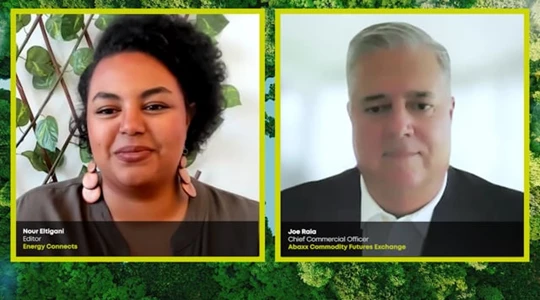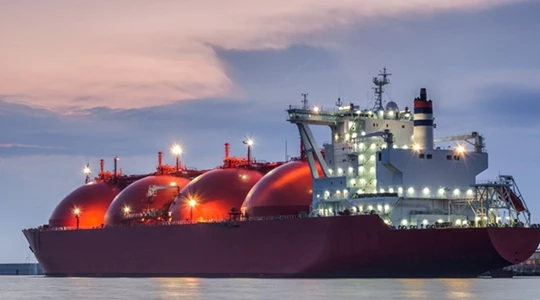GHGSat to launch world's first commercial CO2 satellite
GHGSat will launch the world’s first commercial satellite focused on monitoring sources of carbon dioxide (CO2) later this year.
Currently under construction, GHGSat-C10 will use the same sensor and communications technologies proven by the company’s pioneering fleet of high-resolution methane-hunting satellites. Like them, it will be able to measure emissions from individual industrial facilities - in this instance, sites such as power stations and cement plants - on a routine and repeated basis – which promises to be another first in the field of remote CO2 measurement.
CO2 detection has always been part of the company’s mission. Its demonstrator satellite, ‘Claire’, launched in 2016, was designed to detect carbon dioxide as well as methane (CH4). The focus shifted to methane alone as demand for data on the second most important greenhouse gas grew rapidly.
Six years on, and with six satellites now in orbit, the core technology is well-developed and proven in service. GHGSat has successfully scaled to become an acknowledged global leader in the remote sensing of industrial emissions. Meanwhile, demand for independent and attributable emissions data has grown, especially with the emergence of Environmental and Social Governance (ESG).
In response, GHGSat will be launching the first commercial spacecraft dedicated to measuring CO2 from industrial emitters. GHGSat-C10 will use a similar optical design and the same patented infrared sensor as its methane-detecting predecessors, but tuned to CO2’s specific wavelengths.
With regulators, investors and the public increasingly holding companies to account for both their direct and indirect emissions, there is little doubt that better CO2 data is needed. Although there is a host of public satellites in orbit able to detect the gas, including Japan’s GOSATS 1 and 2, OCO-2 from the US and China’s TanSat, none have GHGSat-C10’s combination of high sensitivity and single-site attribution at the 25-metre scale. The company is adapting its processing tools so the CO2 data collected will seamlessly integrate into its SPECTRA platform, for easy access by customers and partners.
Stephane Germain, CEO at GHGSat, said, “Over the past seven years, we have shown there is demand – from industry and the public sector - for accurate, independent, high-resolution emissions data from space. It helped change the conversation around methane, putting a greenhouse gas that was out of sight and out of mind, to the top of the climate agenda. When GHGSat-C10 launches later this year, we hope to revitalise the discussion around CO2 as well, providing industry and government with tools to help them address this global issue, at the local level.”
KEEPING THE ENERGY INDUSTRY CONNECTED
Subscribe to our newsletter and get the best of Energy Connects directly to your inbox each week.
By subscribing, you agree to the processing of your personal data by dmg events as described in the Privacy Policy.
More technology news

Energy efficiency is the decisive factor in electric motor choice, finds ABB research

SLB Capturi completes the world’s first industrial-scale CCS plant at a cement facility

ADNOC launches $80+ billion XRG for low-carbon energy and chemicals

ENEC and ADNOC to advance nuclear technology for energy efficiency

COP29 Presidency hosts inaugural Digitalisation Day

SLB launches Stream high-speed intelligent telemetry for drilling complex wells

Vici Energy joins the United Nations Global Compact

TAQA launches next generation inflow control technology

ADNOC and AIQ accelerate deployment of industry-first AR360 AI solution
















